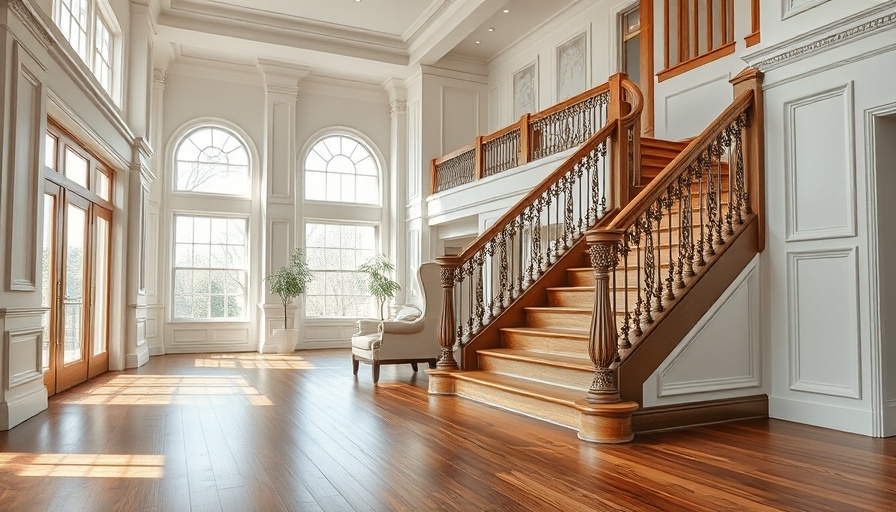
Can Solar Panels Be Installed on an Aging Roof?
As homeowners increasingly seek ways to reduce energy costs and embrace sustainable living, the question arises: can solar panels be safely installed on a 20-year-old roof? This is a pressing issue for many, especially those nearing a roof replacement yet eager to transition to renewable energy. Understanding the implications of such a significant investment is essential for homeowners weighing their options.
The Importance of Roof Integrity
Before investing in solar panels, homeowners must assess the condition of their roof. A roof that is 20 years old may still function adequately but could also be nearing the end of its lifespan. Factors such as local climate, the materials used, and previous maintenance play crucial roles in determining a roof's durability. A comprehensive inspection by a qualified roofing professional can help identify potential weaknesses. This is key because solar panels are a long-term commitment that could last 25 years or more.
Benefits of Solar Panels
Many homeowners are motivated to install solar panels to lower energy costs, enhance property value, and reduce their carbon footprint. According to recent research, solar energy can significantly cut monthly utility bills, offering savings that accumulate over time. Nevertheless, the decision to install should consider how long the roof can support the added weight and potential stress of installation.
Risks and Considerations
There are inherent risks involved in placing solar panels on an older roof, primarily if the roof has existing leaks or structural concerns. Installing solar panels on a compromised roof could lead to costly repairs down the line. Before installation, homeowners should consult with both roofing and solar experts to evaluate whether repairs or a total roof replacement should occur first.
Alternatives to Installation
If a roof replacement is necessary, homeowners may consider the benefits of coordinating this with solar panel installation. Not only can this streamline costs, but it can also ensure optimal placement of the solar panels. Newer roofing materials may provide better support and increase the longevity of the solar system.
Financing Your Solar Investment
As the initial cost of both solar panels and roof replacements can be substantial, exploring financing options is crucial. Government incentives and tax credits can alleviate some of the financial burden related to installing solar energy systems. Programs or partnerships with local solar companies can further reduce upfront costs, making sustainable energy more accessible.
Decision-Making for Homeowners
For homeowners aged 30-65 contemplating solar energy, there are a multitude of factors to weigh. Understanding the long-term benefits of solar in conjunction with home improvements can lead to more informed and financially sound decisions. Actionable insights such as clear communication with service providers and understanding maintenance requirements post-installation can further enhance a homeowner's experience.
As the push for sustainability continues, evaluating the feasibility of solar panels on an older roof can ultimately result in productive conversations about energy use at home. Homeowners must balance immediate needs with future energy savings while ensuring top-notch safety and structural integrity.
In conclusion, assessing a 20-year-old roof for solar panels involves careful consideration of structural integrity and long-term goals. Investing in green technology can lead to savings and environmental benefits but requires a thoughtful approach. Engage with roofing and solar experts to ensure your home is ready for this transition. Explore financing avenues and incentives to make this investment worthwhile. Embrace the potential of renewable energy while safeguarding your home's future.
 Add Row
Add Row  Add
Add 



Write A Comment